Disclosure: This article contains affiliate links. We may earn a commission from purchases at no extra cost to you, which helps our travel content.
Standing at the foot of the Taka Mountains, their jagged silhouettes cutting into the dawn sky like ancient guardians, I felt the weight of histories untold. The eastern Sudanese city of Kassala sits at a remarkable crossroads – geographically between Eritrea and the Red Sea, culturally between Arab and African worlds, and historically between Ottoman imperial ambitions and the fierce independence of the Beja tribes. My journey here wasn't an accident; it was the culmination of years hearing whispered stories about this region from Sudanese friends in Seoul. 'You must see Kassala,' they'd insist, 'to understand Sudan beyond Khartoum.' Two weeks exploring this river region revealed layers of heritage that tourism has largely forgotten – and perhaps, in some ways, that's been its salvation.
First Encounters: The Living Museum of Kassala Market
The Kassala souk isn't just a market – it's the beating heart of eastern Sudan's cultural crossroads. Unlike the tourist-oriented bazaars I've encountered across Southeast Asia, this sprawling network of narrow alleys and open squares exists purely for locals. My first morning, I found myself wandering through sections dedicated to everything from handwoven Beja baskets to Ethiopian coffee beans and Eritrean spices.
What struck me immediately was the diversity of faces. Kassala sits at the intersection of multiple ethnic groups – primarily the Beja tribes (Hadendowa, Amarar, and Bisharin) alongside Rashaida Arabs and other Sudanese peoples. The Beja men are particularly distinctive with their fuzzy hairstyles, curved daggers (jambiyas) at their waists, and traditional wraps that seem to flow with their movements.
'You must try the jabana,' insisted Mahmoud, a local teacher who appointed himself my unofficial guide after finding me photographing a particularly photogenic spice stall. The traditional coffee ceremony that followed became my daily ritual – strong Eritrean-style coffee brewed in a clay pot over charcoal, served in tiny cups with plenty of sugar and conversation.
What makes Kassala's market special isn't just the goods but the genuine cultural exchange. Unlike markets designed for tourists, here I was the novelty – leading to countless invitations for tea, impromptu language lessons, and discussions about everything from local politics to Manchester United's prospects. I documented these encounters with my mirrorless camera, which proved perfect for capturing candid moments without being obtrusive.

💡 Pro Tips
- Visit the market early (6-9am) when Beja tribespeople arrive with fresh produce from the mountains
- Learn basic Arabic greetings – a little effort goes a long way in starting conversations
- Ask permission before photographing people, especially women
Among the Beja: Cultural Immersion in Khatmiya Village
Twenty kilometers outside Kassala lies Khatmiya village, home to a significant population of Hadendowa Beja – perhaps the most famous of the Beja tribes, immortalized as the 'Fuzzy-Wuzzies' in Rudyard Kipling's colonial-era poetry. My connection here came through Osman, a university student I met in Kassala who invited me to spend three days with his extended family.
The Beja have inhabited this region for over 4,000 years, their traditional nomadic lifestyle increasingly challenged by climate change, political borders, and economic pressures. Yet in Khatmiya, many traditions remain intact. The family compound where I stayed consisted of several thatched huts (tukuls) arranged around a central courtyard where cooking, socializing, and most daily activities took place.
My days followed the family's rhythm – waking before dawn to help the women prepare kisra (thin fermented bread) and asida (porridge) over open fires, then accompanying the men to tend livestock in the foothills of the Taka Mountains. Evenings brought storytelling sessions where elders recounted tribal histories and resistance against both colonial powers and the Ottoman Empire.
'Our grandfathers fought the Turks with these,' explained Osman's uncle Mohammed, displaying an antique sword passed down through generations. 'And then the British with their Maxim guns. But we are still here.'
The Beja language (Bedawiye) – part of the Cushitic language family with no written form – surrounded me daily. I managed to learn basic greetings and expressions, much to everyone's amusement and approval. For documenting this experience, my audio recorder proved invaluable, allowing me to capture language samples and traditional music with minimal intrusion.
The most profound aspect of my stay was witnessing the Beja's deep connection to their land. Modern conservation concepts pale beside their generational knowledge of sustainable grazing patterns and water management in this semi-arid environment.

💡 Pro Tips
- Arrange village stays through trusted local contacts rather than commercial tours
- Bring appropriate gifts (medical supplies, school materials) rather than money
- Women travelers should pack modest clothing including long skirts and headscarves
Ottoman Ghosts: Khatmiya Mosque and Colonial Architecture
The Ottoman Empire's fingerprints on Kassala are subtle but unmistakable once you know where to look. The most prominent reminder is the Khatmiya Mosque complex, established by the Khatmiyya Sufi order in the 19th century during Ottoman rule. The whitewashed domes and courtyards blend Islamic architectural traditions with distinctly Ottoman flourishes.
'This was once the easternmost frontier of their empire,' explained Sheikh Ibrahim, the elderly caretaker who guided me through the complex. 'The Ottomans ruled through proxies – local leaders and religious figures who maintained their control.'
The mosque sits at the base of Jebel Totil, one of the distinctive granite formations that give Kassala its dramatic skyline. After removing my shoes, I followed Ibrahim through cool marble hallways into the main prayer hall, where intricate calligraphy adorned the walls and light filtered through geometric window screens.
What fascinated me most was how this Ottoman-era structure has been continuously adapted and maintained by local craftsmen using traditional techniques. The mosque represents not just imperial history but the resilience of local traditions that absorbed outside influences without being erased by them.
Beyond the mosque, Ottoman architectural influences appear throughout Kassala's older neighborhoods. The former administrative quarter features several buildings with distinctive arched windows, internal courtyards, and decorative brickwork that wouldn't look out of place in Cairo or Istanbul. Many now serve as government offices or have been repurposed as schools.
For photographers, these historical structures offer compelling subjects, especially during the golden hours. My travel tripod proved essential for capturing the interplay of light and shadow in these atmospheric buildings without camera shake.
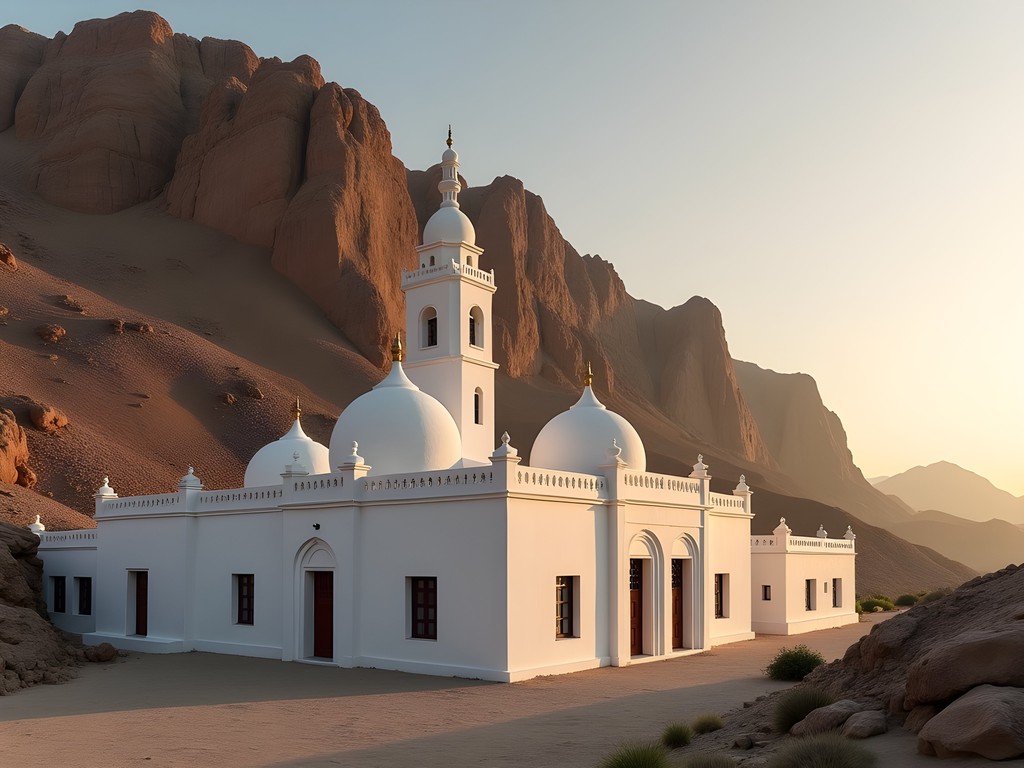
💡 Pro Tips
- Visit the Khatmiya Mosque between prayer times (avoid Friday midday)
- Hire a knowledgeable local guide to access historical buildings not normally open to visitors
- Respect religious sites by dressing modestly and removing shoes when required
The Gash River: Lifeline and Border
The Gash (also called Mareb) River defines both the landscape and rhythms of life around Kassala. Unlike the permanent flow of the Nile, the Gash is seasonal – a raging torrent during the brief rainy season that shrinks to scattered pools during the long dry months. This unpredictability has shaped local agriculture and settlement patterns for millennia.
I arrived during the dry season when the riverbed was mostly exposed, revealing a patchwork of small farms and gardens along its course. Local farmers have developed sophisticated techniques to harness the river's unpredictable nature, creating a system called gash die (Gash irrigation) that captures and distributes floodwaters to maximize agricultural productivity.
'My family has farmed this same plot for seven generations,' explained Fatima, a woman who invited me to see her riverside garden where she grew tomatoes, okra, and sorghum using these traditional methods. 'We know when to plant by watching the mountains, not calendars.'
The river also marks an unofficial cultural boundary. Historically, Arab pastoralists dominated the western bank while Beja tribes controlled the eastern side and mountains. Today, these distinctions have blurred, but subtle differences in architecture, farming techniques, and even food preparation remain visible as you cross the riverbed.
For travelers, the Gash offers remarkable hiking opportunities, particularly along the eastern bank where paths wind through acacia groves and past seasonal pools that attract diverse birdlife. During my explorations, I relied heavily on my water filter bottle to safely drink from local water sources – an essential tool in a region where clean drinking water can be scarce.
The river's most dramatic aspect is its transformation during the brief rainy season (July-September), when flash floods can arrive with little warning, turning the dusty riverbed into a churning brown torrent within hours. While I witnessed only the dry season face of the Gash, locals shared videos of these spectacular transformations that bring both life-giving water and occasional destruction.
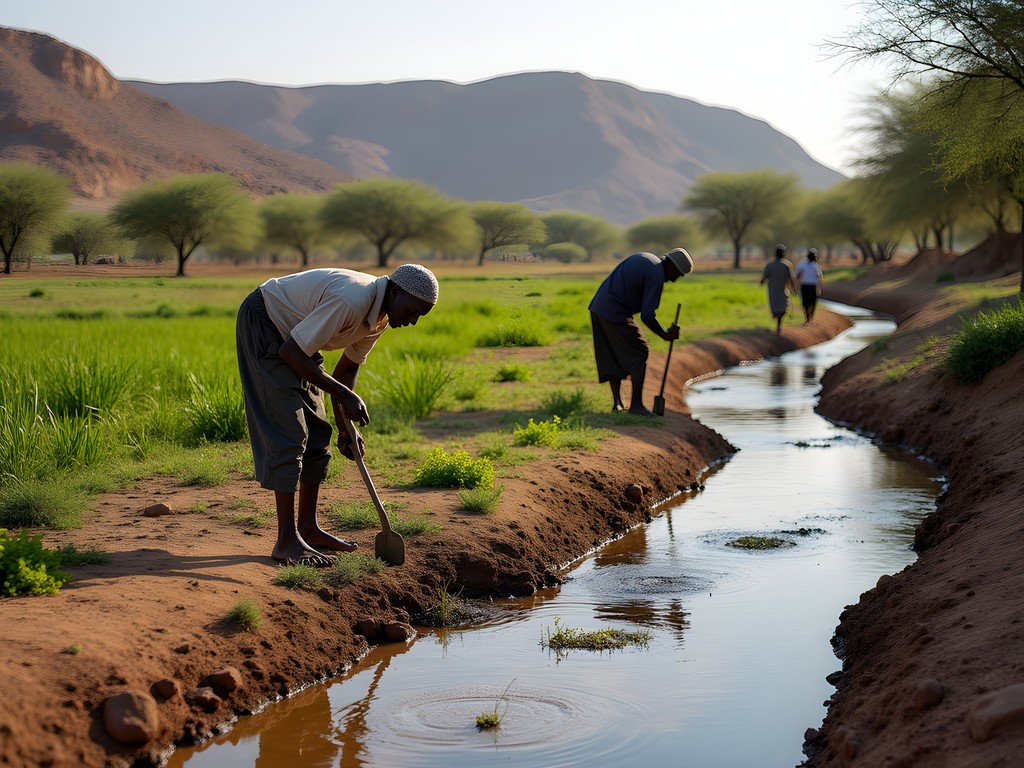
💡 Pro Tips
- Hire a local guide when exploring the riverbed, as flash floods can occur with little warning
- The best birdwatching occurs at dawn and dusk around permanent pools
- Bring a high-quality water filter or purification system – bottled water is scarce outside Kassala city
Sustainable Tourism in Fragile Kassala
The question that haunted me throughout my time in Kassala was whether I should even be writing about this place. Eastern Sudan receives few international visitors, and while tourism infrastructure is minimal, that very absence has preserved cultural authenticity increasingly rare in our hyperconnected world.
'We want visitors, but the right kind,' explained Dr. Amna, a professor at Kassala University who specializes in cultural heritage. 'Those who come to learn, not to change us.'
The region's tourism potential is undeniable – dramatic landscapes, living traditional cultures, and historical sites with minimal crowds. Yet the challenges are equally significant. Political instability in Sudan has deterred all but the most determined travelers. Basic infrastructure like consistent electricity and internet remains limited outside Kassala city. And perhaps most importantly, the delicate social fabric of traditional communities could easily be disrupted by insensitive tourism development.
My approach centered on principles of community-based tourism – staying with local families when possible, hiring local guides, and ensuring my spending benefited small businesses rather than outside operators. I also committed to sharing unfiltered stories of both beauty and challenge, avoiding the romanticization that often characterizes travel writing about traditional cultures.
For those considering following in my footsteps, preparation is essential. Beyond the usual travel gear, I found my solar charger indispensable in a region where power outages are common. More importantly, arrive with cultural knowledge, appropriate expectations, and willingness to adapt to local conditions.
The most sustainable approach to visiting Kassala may be through educational or volunteer connections. Several international organizations work in the region on water access, healthcare, and education projects, occasionally accepting skilled volunteers for extended stays. These structured programs provide both purpose and appropriate cultural context for visitors.
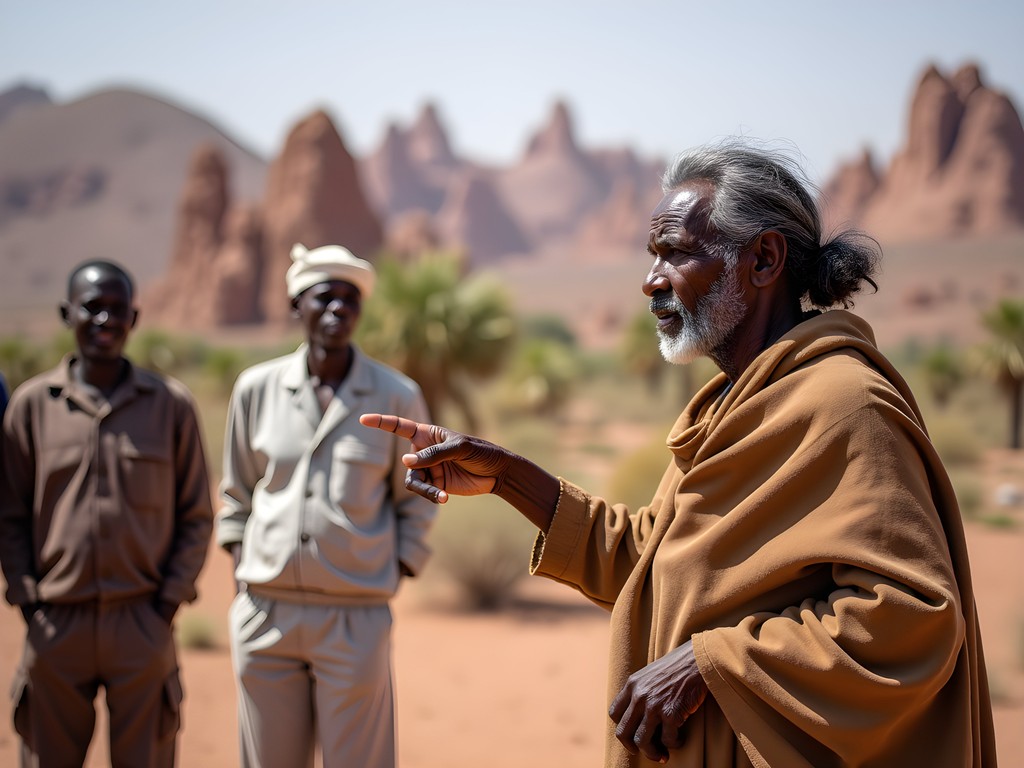
💡 Pro Tips
- Research Sudan's complex political situation thoroughly before planning a trip
- Connect with local universities or NGOs for meaningful engagement opportunities
- Budget extra time for transportation delays and permit processes
Final Thoughts
As my Land Cruiser bumped along the road back toward Khartoum, the Taka Mountains gradually disappeared in my rearview mirror like stone giants sinking beneath the horizon. Kassala had revealed itself slowly over two weeks – not through grand monuments or curated experiences, but through countless cups of jabana coffee, evening conversations by firelight, and the generosity of people who welcomed a stranger into their homes. The region's unique blend of Beja resilience and Ottoman echoes offers a profound lesson in how cultures adapt and endure despite external pressures. For responsible travelers willing to venture beyond comfort zones, Kassala provides something increasingly rare – genuine cultural exchange unshaped by tourism's homogenizing influence. If you go, tread lightly, listen deeply, and remember that the privilege of witnessing these traditions carries the responsibility to protect them. Ma'a salama, Kassala – until we meet again.
✨ Key Takeaways
- Kassala offers a rare glimpse into Beja tribal culture and Ottoman heritage largely untouched by mass tourism
- Community-based stays provide the most authentic and ethical way to experience the region
- Proper preparation and cultural sensitivity are essential for responsible travel in eastern Sudan
📋 Practical Information
Best Time to Visit
November to February (dry season with moderate temperatures)
Budget Estimate
$50-100 USD daily depending on accommodation choices
Recommended Duration
Minimum 10 days to experience both city and rural areas
Difficulty Level
Challenging
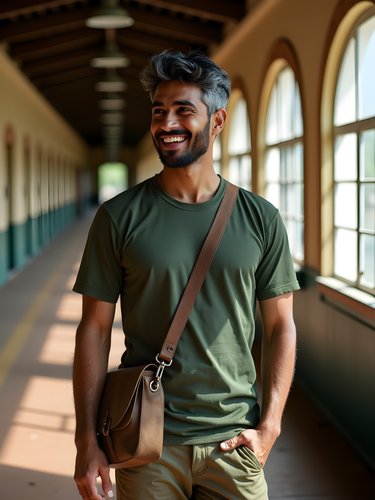

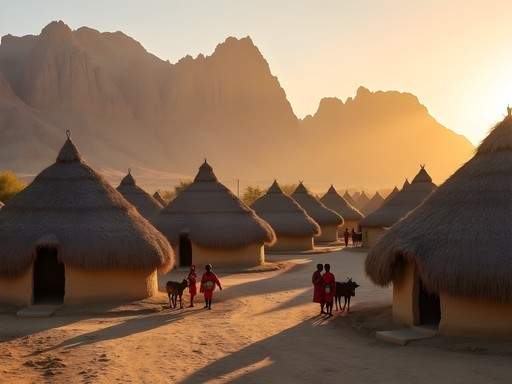











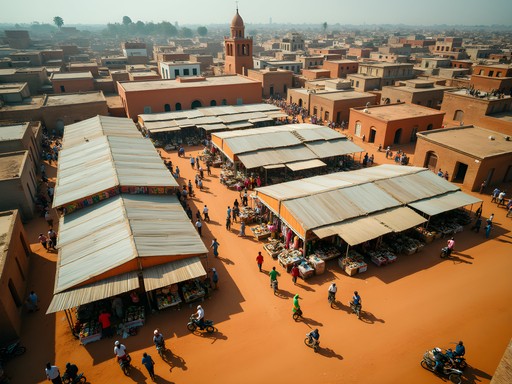
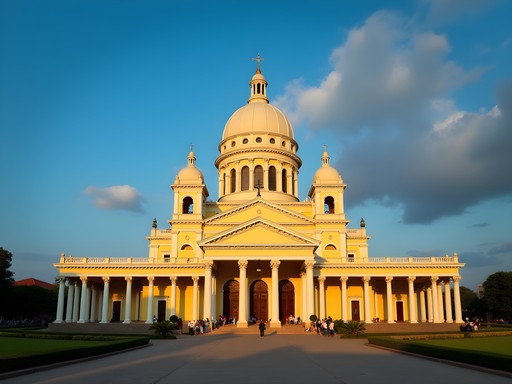
Comments
hikingperson
Can you climb those mountains? They look amazing!
Raj Sullivan
Yes, you can! There are several hiking routes of varying difficulty. I did a half-day hike with a local guide - essential as the trails aren't marked. The views are absolutely worth it!
hikingperson
Awesome! Adding to my adventure list!
Oliver Duncan
Raj, your piece on Kassala brings back memories of my budget backpacking trip through Northeast Africa last year. I found the Gash River section particularly resonant - that river truly is the lifeblood of the region. For anyone planning to visit: the local buses from Khartoum to Kassala are an experience in themselves and cost about 1/5 of what you'd pay for a private driver. They're crowded but offer an authentic glimpse into Sudanese life. I stayed at Hiwar Guesthouse near the market for about $15/night - basic but clean with the most helpful owner who arranged my visit to several Beja communities. The Ottoman architectural influences you mentioned are so often overlooked in travel writing about this region - kudos for highlighting that historical layer!
roamblogger4891
Never even heard of Kassala before this! Adding to my bucket list!
wintermood
Great article! I'm curious about safety in the region these days. Did you feel comfortable traveling solo in eastern Sudan? I've been wanting to visit but keep hearing mixed reports about the political situation affecting travel. Any insights on current conditions would be really helpful.
Raj Sullivan
Good question. I traveled with a local guide which I'd recommend. The eastern regions are generally more stable than western Sudan, but things can change quickly. Check your country's travel advisories and connect with other travelers in Khartoum before heading east. The Kassala locals were incredibly welcoming.
wintermood
Thanks for the honest assessment! Will definitely look into finding a guide if I make it there.
Frank Carter
Raj, this piece transported me right back to my own journey through Sudan three years ago. The Beja cultural elements you captured are spot on - those distinctive hairstyles and the intricate silver jewelry are unmistakable markers of their heritage. I spent two weeks with a Hadendowa family (part of the larger Beja group) near the Eritrean border, and their hospitality was unmatched. One tip for anyone heading to Kassala: the early morning light on the Taka Mountains is worth the 5am wake-up call, and I found my travel tripod essential for those dawn shots. Did you make it to any of the camel markets during your visit?
Raj Sullivan
Frank, staying with a Hadendowa family sounds incredible! I did catch a smaller camel market about 15km outside Kassala - not the main one, but still fascinating. And yes, that early morning light is magical - though I was shooting handheld and regretted not bringing a tripod!
coolguy
Those Taka Mountains look insane! Great shots.
exploreblogger6483
Wow Raj, you've captured the essence of Kassala so beautifully! I visited eastern Sudan last year but completely missed Khatmiya Village. The way you described the Beja traditions makes me want to go back specifically for that cultural immersion experience. Did you find it difficult to arrange transportation to the villages outside the main city? Your photos of the Taka Mountains at dawn are absolutely breathtaking!
Raj Sullivan
Thanks for the kind words! Transportation wasn't too difficult - I hired a local driver through my guesthouse for about 2500 SDG for a half-day. The real challenge was timing the visit during the non-rainy season when the roads are passable. Definitely worth returning for!
exploreblogger6483
That's super helpful, thanks Raj! Will definitely keep the seasonal timing in mind.
adventurelife
Just returned from Sudan including Kassala last month. Your post captures the spirit of the place perfectly! The Beja women with their intricate jewelry and the men with those curved daggers were so photogenic. I found the market overwhelming at first but ended up spending hours there. One tip for future travelers - the fruit sellers near the Gash River have the most amazing mangoes I've ever tasted. Don't miss them if you're there in season!
nomadadventurer
Those mangoes sound amazing! Did you try any other local specialties?
adventurelife
Yes! Try the kisra (thin bread) with mulah (stew) - incredible. And the Jabana coffee ceremony is a must-experience!
starperson
What's the best time of year to visit Kassala? Is it unbearably hot in summer?
RajSullivan
November to February is ideal - temperatures are more manageable (25-30°C). Summer (May-September) can hit 45°C and gets quite dusty. Also worth noting the Gash River floods seasonally, which can affect travel.
Casey Andersson
What a gorgeous glimpse into a rarely-seen corner of Sudan! I was enchanted by your descriptions of the Beja people. Last year, I spent a magical evening with a Beja family outside Kassala, sharing tea under stars so bright they seemed to hang just above our heads. The grandmother showed me how to properly wrap a traditional headscarf, laughing at my clumsy attempts. For anyone planning to visit, I'd recommend bringing a good travel water filter as I found it essential during long days exploring the region. The hospitality in Kassala is unmatched, but do learn a few Arabic greetings - it opens so many doors!
starperson
Casey, did you need special permits to visit the villages outside Kassala? Planning a trip for next spring!
Casey Andersson
Yes, you need a travel permit for areas outside major cities. I arranged mine through a tour agency in Khartoum, took about 3 days to process. Definitely worth the hassle!
Venture X
Premium card with 2X miles, $300 travel credit, Priority Pass